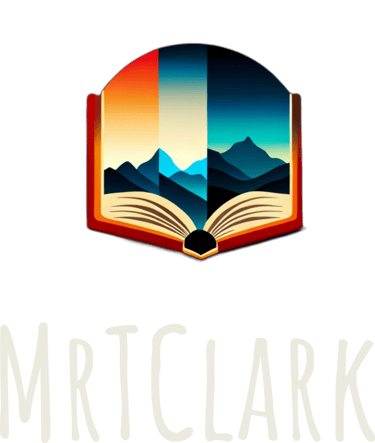Article 1: Three-Dimensional Instruction Using a New Type of Teaching in the Science Classroom
The article discusses the current shift in science education toward a three-dimensional learning system which aligns with the Framework for K–12 Science Education and the Next Generation Science Standards (NGSS). The article addresses the nature of science in professional and real-world applications by pointing out that scientists and engineers consistently use three dimensions. This three-dimensional approach includes crosscutting concepts, disciplinary core ideas, and science and engineering practices, which are integrated together to make sense of phenomena or to come up with creative solutions to a problem. The article advocates against isolating each of these dimensions and emphasizes the importance of their collaborative use for deeper understanding.
The article clearly underscores the need for students to engage in making sense of phenomena or regularly coming up with creative solutions to a problem. The article points out that educators should focus on the students' ability to learn about and figure out phenomena rather than simply learning the learning content, something we saw firsthand in class when looking at the difference between the 1998 standards and the NGSS. The article then discusses how assessments should be addressed through a more formative approach that emphasizes inquiry in an effort to establish a classroom culture of figuring out phenomena. This approach will allow educators to continuously measure each student's understanding and application of three-dimensional learning.
While the article does not really address underrepresented populations, special populations, or technology integration with regard to hands-on learning or deeper thinking, the article does address the aspect of 'science and society.' Educators are encouraged to incorporate engaging phenomena related to local environments, current environmental challenges, and societal issues. Furthermore, the article does address and support the integration of technology by suggesting sources like the internet, journals, and magazines for exploring current scientific phenomena. The concepts of science and society the article discusses can be adapted to cater to diverse student populations to reach those underrepresented and special populations.
Questions addressed:
1. In what ways is the nature of science illustrated in this article?
2. What aspects of inquiry are addressed in this article, and how?
3. What aspects of ‘science and society’, ‘underrepresented populations’, ‘special populations’ or ‘technology integration’ are addressed in this article, and how?
